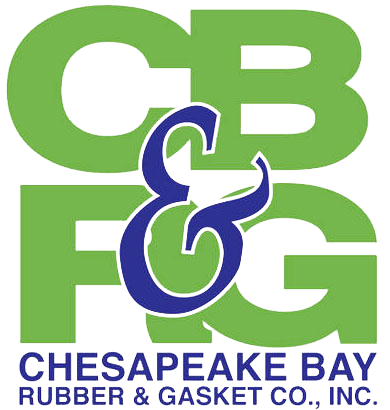MIL-PRF-6855 (MIL-R-6855)
MIL-PRF-6855 is a military specification that outlines the requirements for synthetic rubber gaskets and seals intended for use in military and aerospace applications. This specification sets forth stringent criteria for the composition, performance, and durability of these rubber products. MIL-PRF-6855 rubber is designed to exhibit exceptional resistance to environmental factors such as temperature fluctuations, moisture, chemicals, and other demanding conditions. These gaskets and seals play a critical role in maintaining the integrity of various systems, ensuring that they remain securely sealed and operational even in harsh environments. The rigorous guidelines of MIL-PRF-6855 ensure that the rubber products manufactured to its standards adhere to consistent quality and performance benchmarks, making them dependable choices for sealing applications where reliability and durability are paramount.
A common mil-spec rubber product with various classes and grades. Chesapeake Bay Rubber & Gasket stocks class 2, grades 40 and 60 in 1/16", 1/8", and 1/4" thicknesses. We also offer 1" thick pads in class 2, grades 40, 50, and 60. Can be waterjet fabricated to any shape.
Class 2, Grade 40
Compound: Oil Resistant Neoprene
Durometer (Shore A): 40
Tensile Strength (psi): 1,300
Elongation: 500%
Temperature MAX: 220oF
Color: Black
Class 2, Grade 50
Compound: Oil Resistant Neoprene
Durometer (Shore A): 50
Tensile Strength (psi): 1,500
Elongation: 350%
Temperature MAX: 220oF
Color: Black
Class 2, Grade 60
Compound: Oil Resistant Neoprene
Durometer (Shore A): 60
Tensile Strength (psi): 1,900
Elongation: 350%
Temperature MAX: 220oF
Color: Black
MIL-PRF-6855 refers to a military specification for rubber, specifically synthetic rubber sheets, strips, and molded parts. The MIL-PRF prefix indicates that the specification is a performance-based document developed by the United States Department of Defense (DoD) for a particular material or product. It establishes the requirements and testing procedures to ensure that the rubber products meet the necessary performance standards for military applications.
Here are some key points about MIL-PRF-6855 rubber:
Material Composition:
MIL-PRF-6855 rubber typically involves synthetic rubber compounds. The specific formulation may vary, but it is designed to provide properties such as resilience, flexibility, and resistance to various environmental conditions.
Applications:
The rubber specified in MIL-PRF-6855 is used in a variety of military applications. This includes gaskets, seals, and other components that require a durable and reliable material for use in equipment and systems subjected to harsh conditions.
Compliance and Testing:
Manufacturers producing rubber products under MIL-PRF-6855 must adhere to the specifications outlined in the document. Compliance involves meeting certain physical, chemical, and mechanical properties. The testing procedures outlined in the specification ensure that the rubber products can withstand factors such as temperature extremes, exposure to fuels, oils, and chemicals, as well as exhibit the necessary electrical insulation properties.
Quality Assurance:
The military specifications often include requirements for quality assurance during the manufacturing process. This may involve inspections, testing, and documentation to ensure that the rubber products consistently meet the specified standards.
Environmental Resistance:
Rubber products under MIL-PRF-6855 are expected to demonstrate resistance to environmental factors, including exposure to sunlight, ozone, and other weathering elements. This is crucial for applications where the rubber components may be exposed to outdoor conditions for extended periods.
Changes and Updates:
Military specifications, including MIL-PRF-6855, may undergo updates or revisions over time to incorporate advancements in materials or changes in requirements. Manufacturers and suppliers need to stay informed about any revisions to ensure continued compliance.
It's important to note that for the most current and detailed information, it is recommended to refer to the latest revision of the MIL-PRF-6855 document.


